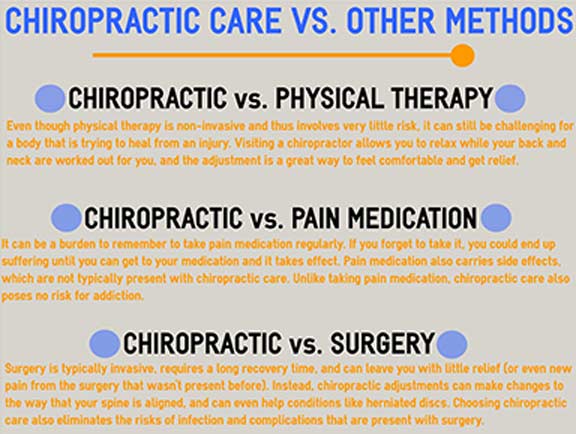Dental Braces On Your Own For An Expedition Right Into The Fascinating Mobile Interactions Of Cold Laser Treatment And Its Application Of Light As A Recovery System. Take A Much Deeper Dive Into The Scientific Elements!
Dental Braces On Your Own For An Expedition Right Into The Fascinating Mobile Interactions Of Cold Laser Treatment And Its Application Of Light As A Recovery System. Take A Much Deeper Dive Into The Scientific Elements!
Blog Article
Short Article Created By-Castro Roman
You may have come across cold laser therapy as an encouraging treatment option for different problems, but have you ever wondered just how it really deals with a mobile level? Understanding the mechanisms behind this treatment can shed light on its efficiency in promoting healing and minimizing swelling. By checking out the science behind cold laser treatment, you'll obtain understandings right into the remarkable methods which light can influence mobile processes and promote tissue repair.
Exactly How Cold Laser Therapy Works
To recognize exactly how cold laser treatment functions, you need to realize the essential principles of how light power connects with biological tissues. Cold laser treatment, also known as low-level laser therapy (LLLT), utilizes specific wavelengths of light to pass through the skin and target underlying tissues. Unlike the intense lasers used in operations, cold lasers discharge low levels of light that do not generate warmth or trigger damages to the tissues.
When these gentle light waves reach the cells, they're taken in by parts called chromophores, such as cytochrome c oxidase in mitochondria. This absorption activates a collection of organic reactions, consisting of enhanced mobile energy manufacturing and the release of nitric oxide, which improves blood circulation and minimizes inflammation.
Furthermore, the light power can also boost the manufacturing of adenosine triphosphate (ATP), the energy currency of cells, aiding in cellular repair service and regrowth processes.
In check out the post right here , cold laser treatment takes advantage of the power of light power to advertise recovery and alleviate discomfort in a non-invasive and mild manner.
Devices of Action
Just how does cold laser treatment in fact work to create its restorative impacts on organic tissues?
Cold laser treatment, additionally known as low-level laser therapy (LLLT), operates via a process known as photobiomodulation. When Suggested Web site is applied to the skin, the light energy permeates the tissues and is taken in by chromophores within the cells.
These chromophores, such as cytochrome c oxidase in the mitochondria, are after that stimulated by the light power, causing a cascade of organic responses. One vital system of action is the improvement of cellular metabolism.
The absorbed light power increases ATP production in the mitochondria, which is crucial for mobile function and repair. Furthermore, cold laser treatment aids to reduce swelling by inhibiting inflammatory conciliators and promoting the launch of anti-inflammatory cytokines.
This anti-inflammatory effect adds to discomfort relief and cells recovery.
Therapeutic Effects
Understanding the restorative impacts of cold laser treatment involves recognizing just how the enhanced cellular metabolic rate and anti-inflammatory homes add to its favorable end results on organic cells.
When the cold laser is applied to the damaged area, it boosts the mitochondria within the cells, resulting in raised production of adenosine triphosphate (ATP), which is important for mobile feature and repair work. This increase in mobile energy accelerates the recovery procedure by advertising cells regeneration and decreasing swelling.
Furthermore, the anti-inflammatory residential properties of cold laser therapy assistance to lower pain and swelling in the targeted location. By preventing inflammatory arbitrators and promoting the launch of anti-inflammatory cytokines, cold laser therapy aids in relieving discomfort and improving the general healing reaction.
This decrease in inflammation not only offers instant relief but also sustains lasting cells fixing.
Verdict
Finally, cold laser treatment functions by stimulating cellular fixing and tissue regrowth through photobiomodulation. Its anti-inflammatory homes provide discomfort alleviation and reduce swelling by inhibiting inflammatory arbitrators.
This treatment provides an extensive technique to recovery, delivering both prompt alleviation and lasting tissue repair service benefits.
Via its mechanisms of activity, cold laser therapy confirms to be a reliable and appealing therapy alternative for a range of conditions.
